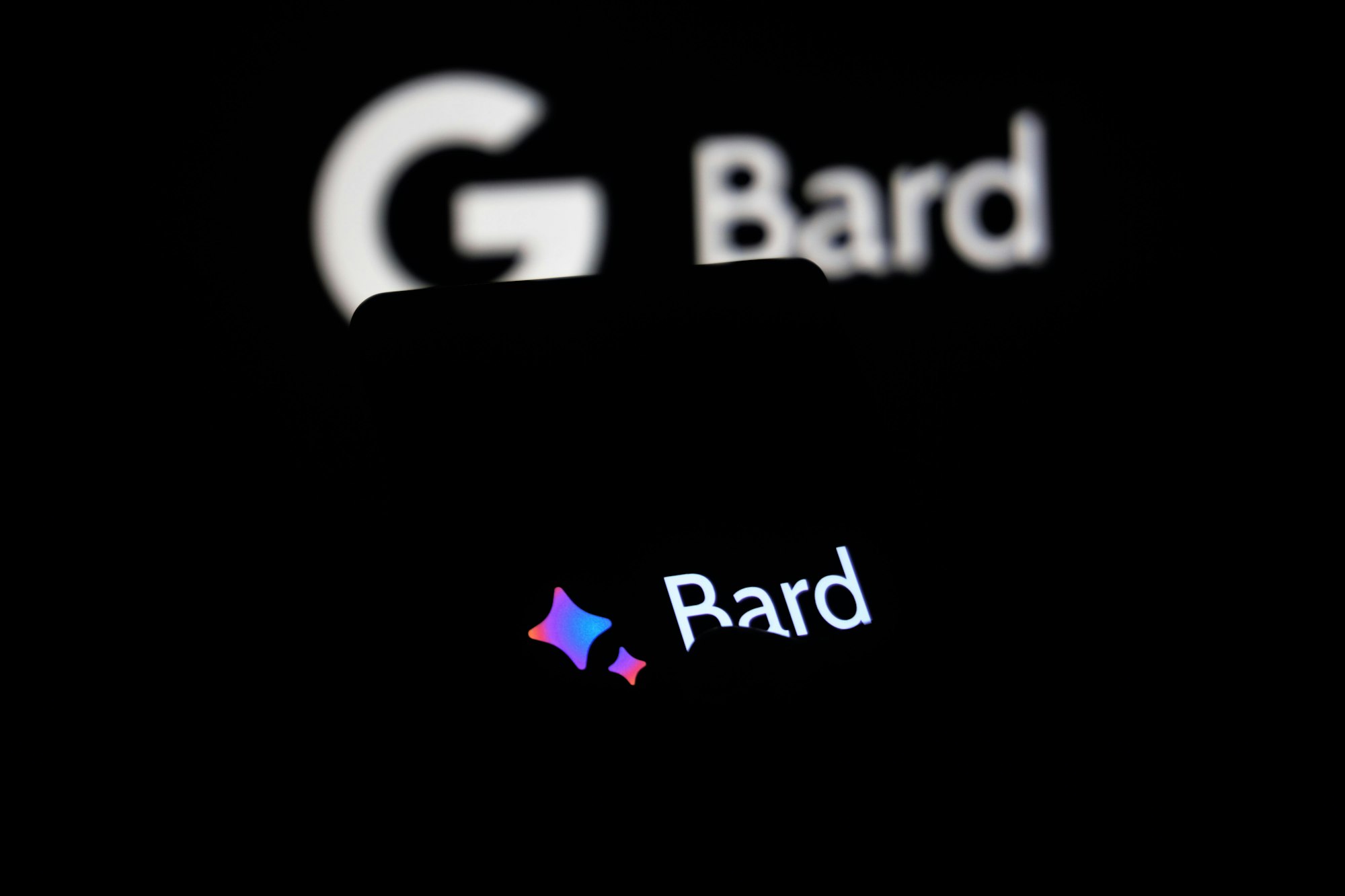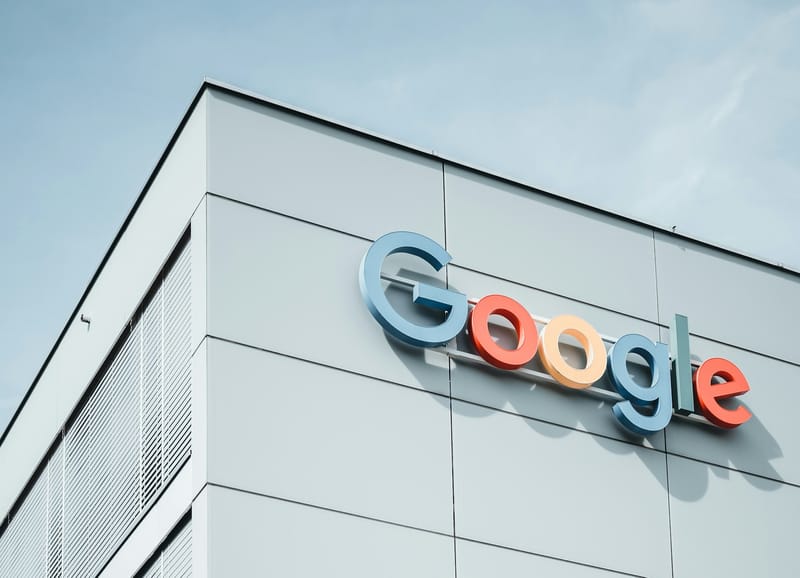Google Bard unveils new integration feature with Google apps and services
Initially rolled out in May 2023, Google's AI chatbot, Bard, has undergone a series of updates and improvements to make it a more capable and reliable AI chat tool, as it challenges OpenAI's ChatGPT's dominance. While ChatGPT quickly gained 100 million unique users shortly

Initially rolled out in May 2023, Google's AI chatbot, Bard, has undergone a series of updates and improvements to make it a more capable and reliable AI chat tool, as it challenges OpenAI's ChatGPT's dominance.
While ChatGPT quickly gained 100 million unique users shortly after its launch, Bard's adoption rate has been relatively slower. In August, it received 183 million visits, only 13% of what ChatGPT received, according to website analytics firm Similarweb.
Now, Google says it is rolling out Bard’s "most capable model yet" as it seeks to gain ground in the fast-moving AI space. The new update will feature a Bar Extensions feature which integrates with Google apps and services including Gmail, Docs, Drive, Maps, YouTube, Google Flights, and hotels for more helpful responses – empowering users to access and display relevant information seamlessly within Bard conversations.
For instance, users can effortlessly plan a trip using information from Gmail, real-time flight data, Google Maps directions, and YouTube travel guides – all within Bard.
Although Bard Extensions currently focuses on Google apps, Google is actively collaborating with external companies to expand integration possibilities, promising a world of opportunities for users. Importantly, Google assures users that content from Gmail, Docs, and Drive remains private, not accessed by human reviewers, used for ads, or utilized in Bard's training.
In addition to the Bard extensions, Bard now includes a "Google it" button. This feature allows users to double-check Bard's responses by assessing content from the web. When users click on the "G" icon, Bard analyzes its response and checks for corroborating or opposing information available online, ensuring that users have access to well-vetted information.
Additionally, users will be able to share chatbot conversations through a public link, allowing them to continue the conversation and ask Bard additional questions. Google is expanding Bard's reach and capabilities allowing users to access Bard's existing English language features such as image upload using Google Lens, receiving search images in responses, and modifying Bard's responses in over 40 supported languages.
According to Yury Pinsky, Bard's Director of Product Management, the new feature expansion was made possible by updates to Google's PaLM 2 model, its newest large language model (LLM) powerhouse behind Bard.
As the world of artificial intelligence (AI) technology continues its rapid evolution, the technology increasingly takes up a more prominent role in our daily lives. But, with these developments come concerns over privacy and data usage, signalling the need for responsible AI development and usage.






